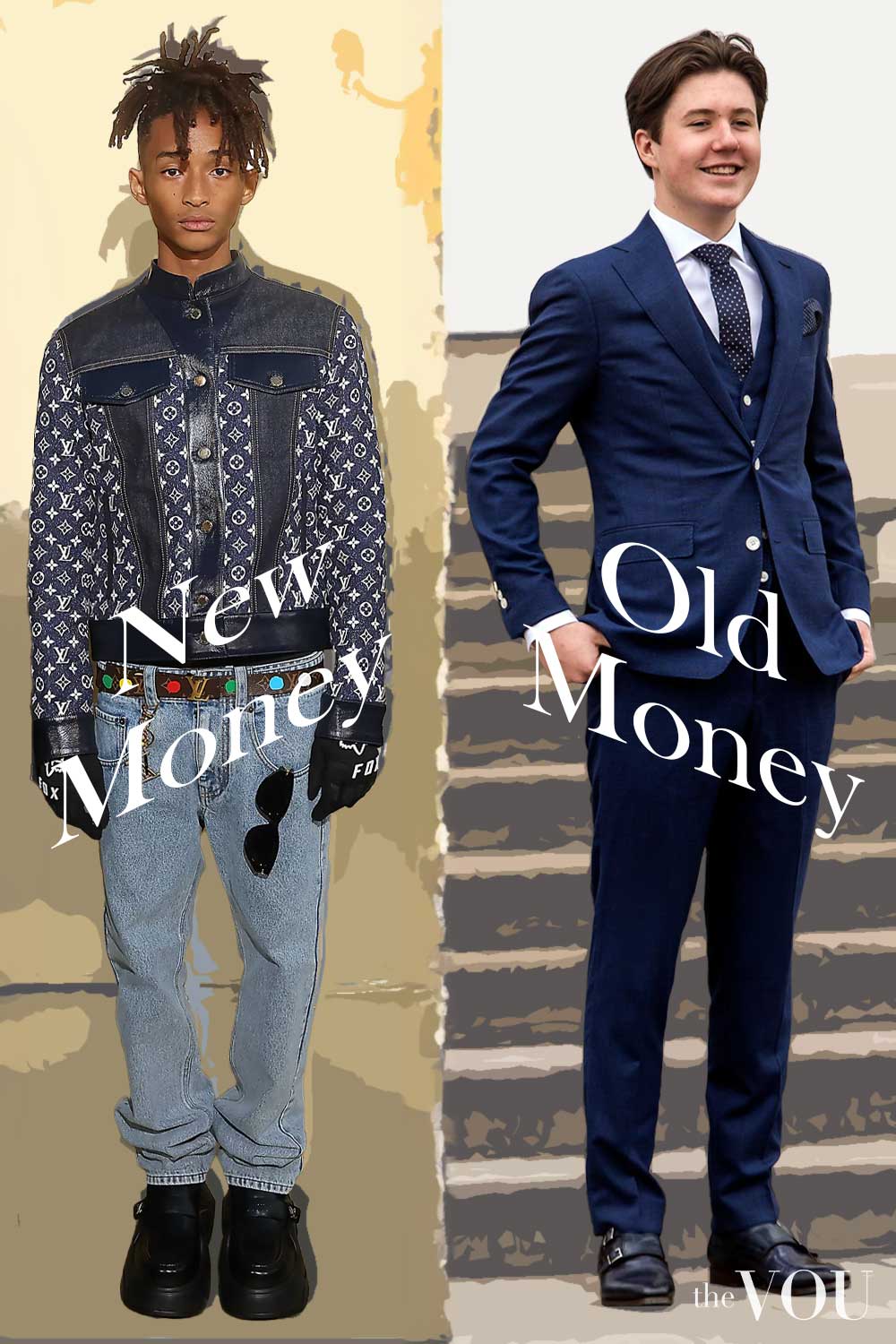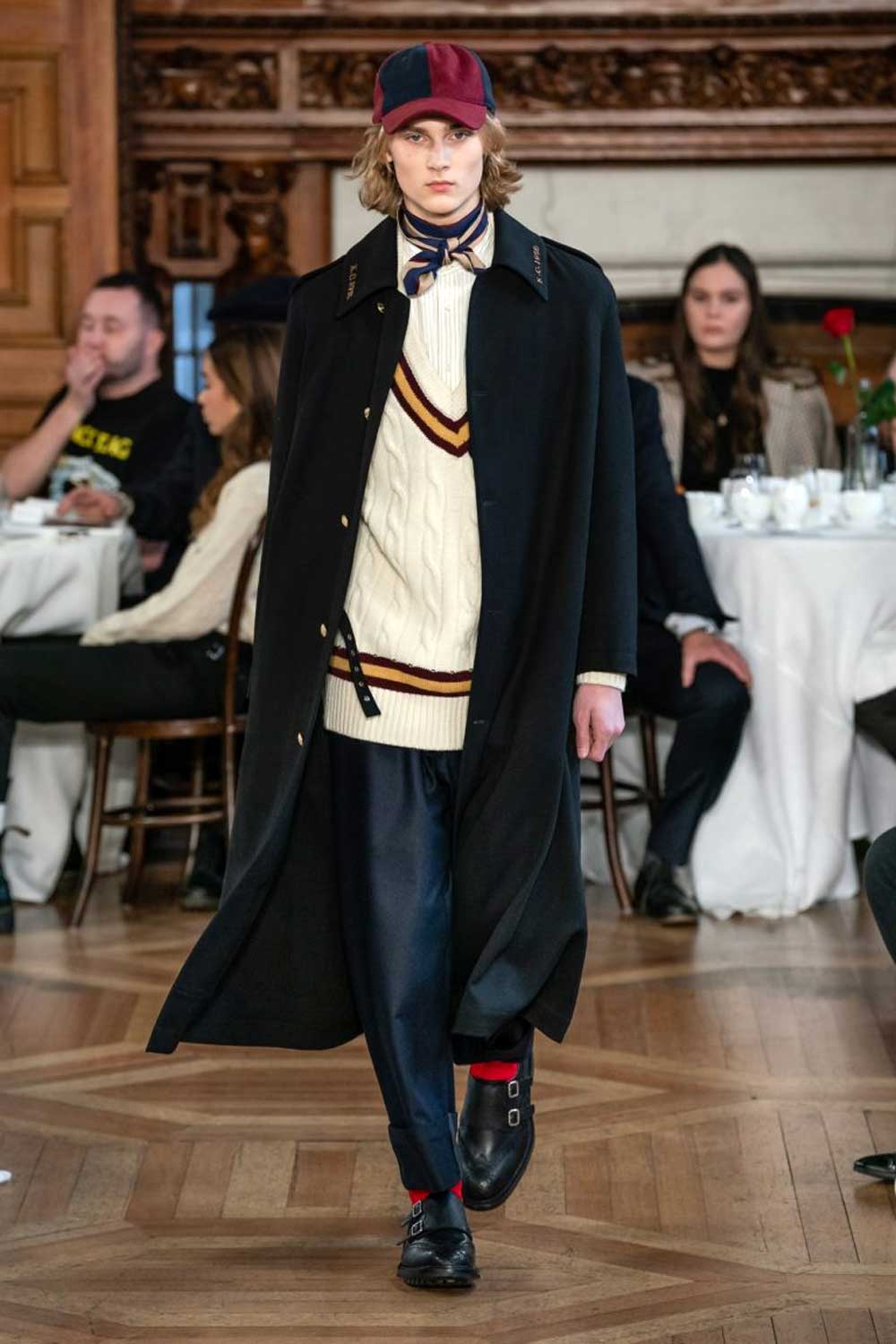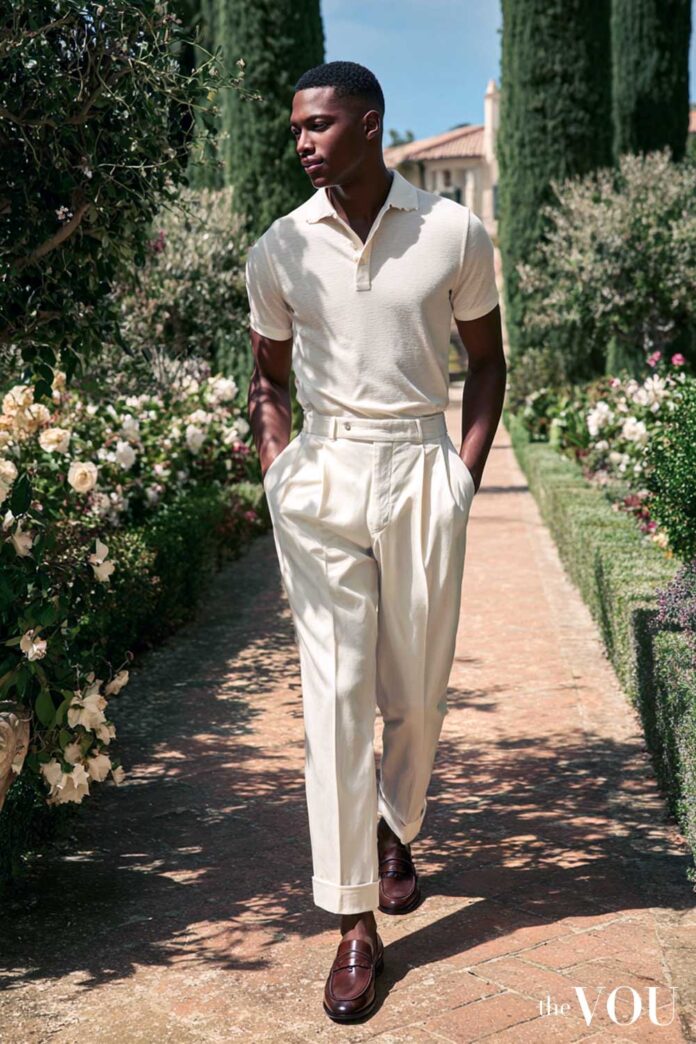Scroll through TikTok or Instagram, and you’ll inevitably encounter it: crisp linen shirts, tailored trousers, cashmere sweaters draped casually over the shoulders, and a distinct absence of flashy logos. This is the uniform of the “old money” aesthetic, a style phenomenon that has captivated Generation Z.
But what is it about this look that’s rooted in generational wealth, East Coast prep, and quiet confidence that has a generation known for its fluid, trend-driven fashion so completely enthralled?
The answer is a complex blend of social media escapism, a rejection of hyper-consumerism, and a yearning for stability in an unstable world.
A Quiet Rebellion Against ‘New Money’ Flashiness

For years, mainstream fashion was dominated by logo-mania and the conspicuous consumption championed by influencers and celebrities. Think Balenciaga’s bold branding, Gucci’s interlocking Gs, and the general ethos that more is more.
The old money aesthetic is the antithesis of this. It’s a quiet rebellion against the loud, often fleeting trends of fast fashion and the “new money” need to prove one’s wealth.
Instead of clothing that screams its price tag, this style whispers it through impeccable tailoring, luxurious fabrics, and timeless design.
Gen Z, a generation increasingly aware of sustainability and the ethical failings of the fast fashion industry, finds appeal in this “buy less, but better” philosophy.
The old money style promotes investment pieces: a classic trench coat, a well-made leather loafer, a perfectly cut blazer. Things that are designed to last for decades, not just a single season. This approach resonates with a desire for more mindful consumption, moving away from the endless cycle of buying and discarding cheap, trendy items.
The Allure of Timelessness and Aspirational Stability

In a world marked by economic uncertainty, political turmoil, and the relentless chaos of the digital age, the old money look offers a potent form of escapism. It projects an image of unwavering stability, effortless elegance, and a life free from financial anxiety. The aesthetic is all about a lifestyle filled with leisurely summers in the Hamptons, sailing on the coast, and attending Ivy League institutions.
This aspirational quality is a powerful driver of the trend. For many young people, dressing the part is a way to channel that sense of security and belonging. This is evident in the popularity of specific sub-genres of the style.
The search for old money style men, for instance, often leads to images of Kennedys on sailboats, clad in polo shirts and chinos – the picture of classic, masculine grace. Similarly, the old money men style emphasises quality over quantity, with a focus on heritage brands like Ralph Lauren, Barbour, and Loro Piana. These brands have built their identity on a legacy of quality and tradition, values that Gen Z is now embracing.
Fashion analysts, like Wesley Spencer, often note that understanding these cyclical trends is a complex task, and many students even turn to a paper writing service like PaperWriter to dissect these cultural phenomena for their sociology or marketing courses.
The trend has even permeated educational settings, with teens and college students curating old money school outfits that blend prep-school classics with a modern sensibility and often consist of pleated skirts, cable-knit sweaters, collared shirts, and loafers. These pieces are both sophisticated and practical.
The goal with old money outfits for school is to look put-together and serious without appearing overtly trendy or ostentatious.
Pop Culture and the TikTok Effect
No modern trend can exist without the amplification of social media and pop culture, and the old money phenomenon is no exception. Platforms like TikTok have been instrumental in codifying and disseminating the aesthetic. Hashtags like #oldmoney and #quietluxury have billions of views, with creators offering tutorials on how to achieve the look, regardless of one’s budget.
This digital curation has been fuelled by a steady stream of media that romanticises the lives of the ultra-wealthy. HBO’s “Succession” gave viewers a masterclass in “stealth wealth,” where the Roy family’s power was communicated through their unbranded, exquisitely tailored clothing from designers like Brunello Cucinelli and Loro Piana. Similarly, the enduring popularity of shows like “Gossip Girl” and “The Crown” continues to provide a rich visual aesthetic for the old school money outfits.
More recently, public figures like Sofia Richie Grainge have become the poster children for the modern interpretation of the style. Her wedding in the South of France, complete with custom Chanel looks, was a viral moment that cemented the quiet luxury trend in the mainstream consciousness. She demonstrated how the old money style could be fresh, modern, and deeply aspirational.
More Than a Trend: A Shift in Values
Ultimately, Gen Z’s obsession with the old money aesthetic is more than just a fleeting fashion trend. It signifies a deeper cultural shift. It’s a move towards intentionality, quality, and longevity in a world that often feels disposable. It’s a desire for an identity rooted not in fleeting social media clout but in timeless elegance and quiet confidence.
Understanding the deep cultural undercurrents of such fashion movements requires significant research and analysis.
A deep dive into cultural trends reveals that many students analysing these shifts for their essays use paper writing services online to better structure their complex arguments. This academic interest highlights the trend’s significant societal impact. The obsession goes far beyond simply copying outfits from “Succession” or “The Crown”; it reflects a fundamental shift in Gen Z’s values and aspirations.
While the aesthetic is rooted in a world of immense privilege that is inaccessible to most, its core tenets in quality craftsmanship, classic design, and mindful consumption are values that most strive for.
Whether this fascination will endure or eventually be replaced by the next big thing remains to be seen. However, its current dominance suggests that Gen Z is looking for something more than just style. It’s all about the way to articulate a desire for a more stable, elegant, and enduring world.
After years of managing hundreds of fashion brands from London's office of a global retailer, Mandy has ventured into freelancing. Connected with several fashion retailers and media platforms in the US, Australia, and the UK, Mandy uses her expertise to consult for emerging fashion brands create top-notch content as an editorial strategist for several online publications.
A passionate advocate for inclusivity and diversity, Aidan is the driving force behind The VOU as its Editorial Manager. With a unique blend of editorial acumen and project management prowess, Aidan's insightful articles have graced the pages of The Verge, WWD, Forbes, and WTVOX, reflecting his deep interest in the dynamic intersection of styling with grooming for men and beyond.
Currently, the community manager of Platini Jeans - Los Angeles, Betzaida Ruiz is a seasoned fashion, beauty, and lifestyle author with expertise as a personal shopper for 'Personaling' Spain and 'Personaling' Venezuela, and editorial contributions for L'Oréal, Escales Paris, Origins, AVA9 Australia, Beauty Blender, Rosegal, Dresslily, Germaine de Capuccini, Stileo, Beauty Check, Ollia Tzarina, Herbolario Rosana, Perfumerias Laguna, GoldSea Swimwear, and of course, The VOU.


